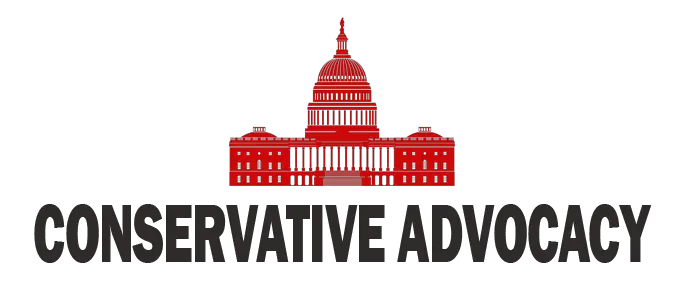In a shocking turn of events, a tragic shooting at a Catholic school in Minneapolis has left two children dead and 17 more injured. This assault occurred during a back-to-school mass, a time usually filled with joy and anticipation as families celebrate the start of a new school year. Instead, this community is grappling with heartbreak and loss. Many questions loom in the aftermath, especially regarding the motivation and background of the shooter.
There are discussions surrounding the shooter’s identity, with reports indicating that this individual was in the process of transitioning. Speculation arises as to whether certain psychiatric drugs, especially SSRIs (selective serotonin reuptake inhibitors), could have played a role in the tragedy. Research is reportedly being launched by the National Institutes of Health (NIH) to examine the potential links these medications might have to violent behavior. It is noted that some of these drugs come with disclaimers, known as black box warnings, that caution about risks of suicidal and homicidal thoughts. This raises serious concerns about the influence of mental health treatments on aggressive actions.
As the nation processes yet another mass shooting, experts are urging a thorough investigation into these mental health factors. These repetitive violent incidents prompt questions about what has changed in American culture, leading to a rise in such horrors, particularly when they occur in places once thought to be sacred and safe, like schools and churches. Moreover, such violent acts appear to be notably less common in other countries, fueling a desire among leaders to uncover all factors contributing to this disturbing trend.
In addition to the complex topics surrounding mental health, there is growing frustration with the Centers for Disease Control and Prevention (CDC). Recent leadership shake-ups and accusations have surfaced concerning the agency’s handling of health guidelines during the COVID-19 pandemic. Critics point to confusion and misinformation that arose, contributing to lapses in public safety. The hopes are high for better leadership at the CDC to reshape it into the reputable institution it once was, no longer associating public health with political agendas.
Moving beyond immediate issues, there’s a newfound initiative addressing nutrition education in medical schools. A startling percentage of doctors express feeling unconfident in giving dietary advice, while diet-related diseases remain one of the leading causes of death in the U.S. Advocates are calling for substantial changes in medical training to ensure that healthcare professionals can effectively advise patients on nutrition, potentially reversing many health issues without heavy reliance on pharmaceuticals.
Amidst all these concerns, the rise in autism rates in America has become a pressing crisis. What was once an occurrence in less than 1 in 10,000 children has skyrocketed to an alarming 1 in 31 today. This calls for immediate action and investigation into environmental and genetic factors contributing to this surge. Addressing these complex health-related issues will require collaboration, transparency, and a commitment to safeguarding the well-being of future generations.




